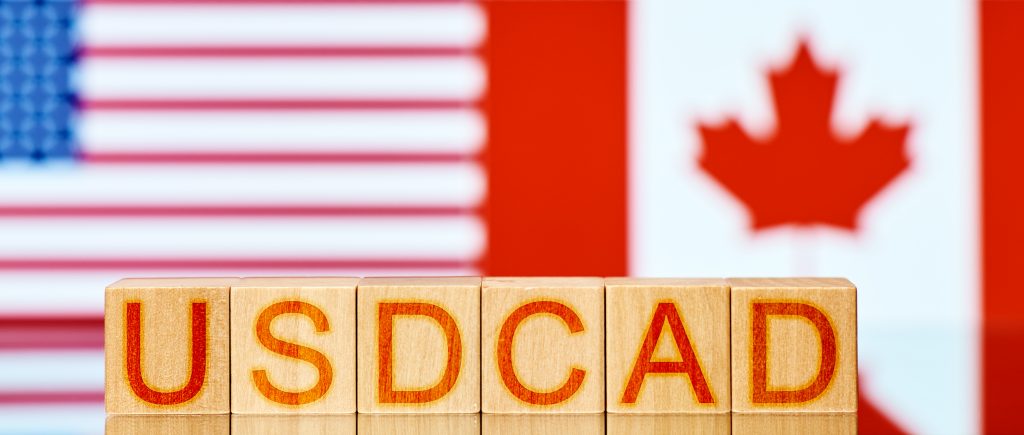The US Dollar (USD) recently experienced a sharp decline against major currencies following reports suggesting a potential shift in the incoming Trump Administration’s trade policy. While the campaign rhetoric heavily emphasized broad-based tariffs of 10-20% on all imports, recent indications point towards a more nuanced approach.
Woes as well as concerns within the administration regarding the inflationary impact of widespread tariffs on consumer purchasing power have emerged. Instead of across-the-board levies, the focus appears to be shifting towards targeted tariffs on specific sectors deemed crucial for national security and economic competitiveness.
This includes industries such as steel, iron, aluminum, and copper, essential for defense supply chains. Furthermore, tariffs on medical supplies and clean energy products are also under consideration.
This remarkable shift in the US strategy has already impacted market sentiment. The initial wave of fear surrounding the prospect of immediate and sweeping tariffs has subsided, leading to a weakening of the USD. President-elect Trump himself has denied these reports, adding another layer of uncertainty to the evolving trade landscape.
While the immediate impact of this policy shift has been a weaker USD, the long-term implications remain uncertain. The potential for targeted tariffs, even if narrower in scope, still carries significant risks. Retaliatory measures from trading partners, including Canada, Mexico, and China, could disrupt global supply chains and negatively impact US businesses.
The Bank of Canada (BoC), in its recent Business Outlook Survey, acknowledged the potential risks posed by US trade policies. While Canadian firms expressed optimism regarding improved demand and sales, fueled by recent interest rate cuts, concerns surrounding the potential impact of US trade actions remain prominent.
The Canadian Dollar (CAD), closely linked to commodity prices, is particularly vulnerable to shifts in the global trade environment. As Canada’s largest oil exporter to the US, fluctuations in crude oil prices significantly impact the CAD. Moreover, any escalation of trade tensions between the US and Canada could severely impact the bilateral trade relationship, further weighing on the CAD.
The evolving trade landscape presents a complex and uncertain environment. While the initial shock of broad-based tariffs may have subsided, the potential for targeted measures and the risk of retaliatory actions continue to pose significant challenges for the global economy. The coming months will be crucial in determining the final shape of US trade policy and its impact on the USD and global markets.

 Noor Trends News, Technical Analysis, Educational Tools and Recommendations
Noor Trends News, Technical Analysis, Educational Tools and Recommendations




